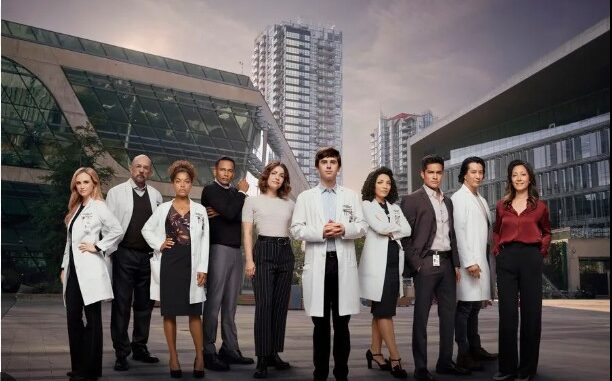
The year was 2017. The world of television was already brimming with stories about doctors — some glamorous, others gritty — but few dared to wander beyond the sterile shine of the operating room and into the fragile landscapes of the human spirit. Then came The Good Doctor, quietly at first, like the faint beep of a heart monitor in the dark. And with it arrived Shaun Murphy — a young surgical resident with autism and savant syndrome — carrying not just a scalpel, but a mirror in which we could see our own vulnerabilities, hopes, and quiet resilience.
From the very first scene, the show makes a promise: this will not be a journey of easy victories. We are ushered into Shaun’s world with the delicate brushstrokes of awkward silences, sidelong glances from colleagues, and the constant hum of skepticism that follows him through the hospital corridors. Yet woven into those opening beats is a defiance — not the loud kind, but the steady heartbeat of someone who knows he must earn his place, one patient at a time.
The operating room is where Shaun shines, but the show’s true magic lies in how it stretches far beyond those bright surgical lights. Each episode becomes a gallery of human moments — the brief clasp of a patient’s hand before anesthesia, the trembling relief of a family when good news comes, the quiet grief when it doesn’t. These are not just plot points; they are brushstrokes in a portrait of compassion.
One can almost hear the rhythm of the hospital: the shuffle of rubber soles against polished floors, the metallic clink of instruments being laid out, the low murmur of nurses coordinating under their breath. It’s here, in this choreography of precision, that Shaun performs his silent poetry. His eyes narrow, mind mapping each artery and suture with mathematical clarity, while his heart — often underestimated — beats with a gentleness that cannot be measured in medical charts.

But The Good Doctor refuses to let us forget that healing is rarely linear. Shaun’s journey is marked with storms: the sting of professional doubt, the ache of personal loss, the weight of choices that can alter — or end — a life. These moments are not polished for comfort. We see him falter, sometimes stumble, his words catching in the space between thought and speech. Yet, it’s in these moments that the series draws its deepest breath, reminding us that courage is not the absence of fear, but the will to move through it.
The supporting characters orbit Shaun like constellations — each with their own gravity. Dr. Aaron Glassman, mentor and father figure, whose quiet counsel and unwavering belief anchor Shaun’s wilder currents. Claire Browne, the empathetic fellow resident, whose open heart both challenges and soothes him. Their interactions aren’t scripted simply to move the plot forward; they are collisions of human need, where vulnerability and strength trade places like dancers swapping leads.
The show’s patient cases mirror Shaun’s own struggles. A young boy facing a life-altering surgery becomes a reflection of Shaun’s battle for acceptance. A mother clinging to her child’s final moments refracts the light of Shaun’s own fractured memories of love and loss. In these parallels, The Good Doctor turns medicine into metaphor, asking us to see the body not just as tissue and bone, but as a vessel of stories, each one fragile and irreplaceable.
Visually, the series paints with both light and shadow. The glow of an OR lamp becomes a halo over a surgeon’s bowed head. The sterile blue of scrubs contrasts with the warm gold of a sunset spilling through the hospital’s glass facade. These contrasts are more than aesthetic — they echo the dualities within Shaun himself: logic and emotion, order and chaos, isolation and belonging.
And then there are the silences. The Good Doctor understands that sometimes the loudest truths are spoken without words. A lingering shot of Shaun standing in an empty corridor after a difficult loss. The way his fingers twitch slightly when overwhelmed. The soft, almost imperceptible exhale when he makes a breakthrough. These moments don’t shout — they resonate.
By the time a season closes, we realize that the title The Good Doctor isn’t just about medical skill. It’s about the quiet heroism of showing up, day after day, in a world that doesn’t always make room for those who are different. It’s about daring to care in a profession that often demands emotional distance. And most of all, it’s about how the act of healing flows in both directions — from doctor to patient, and patient to doctor — weaving an invisible thread that binds them both.
Shaun Murphy’s journey reminds us that the operating room is just the beginning. Beyond it lies the uncharted territory of human connection, where the scalpel is traded for empathy, and where every heartbeat — whether it’s on a monitor or felt in the quiet between two people — becomes a testament to why we choose to heal at all.
